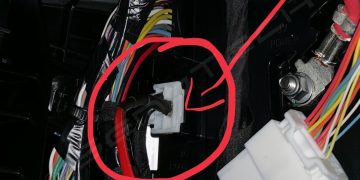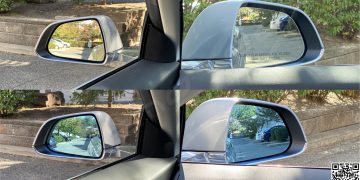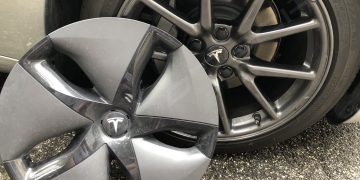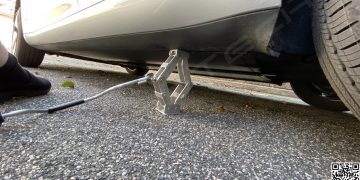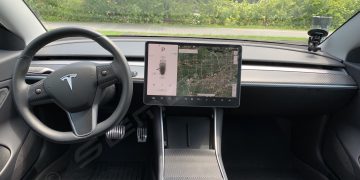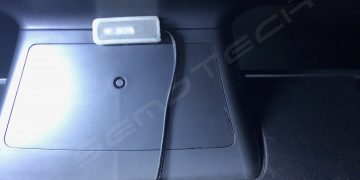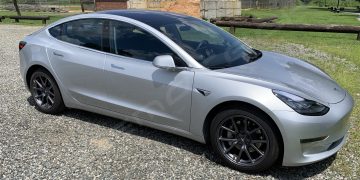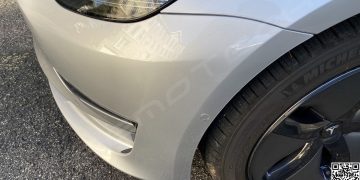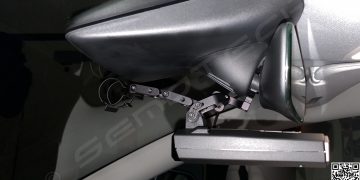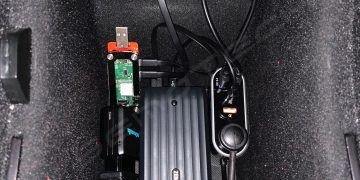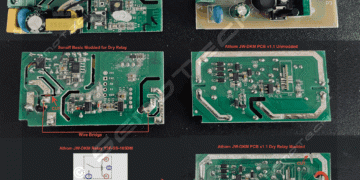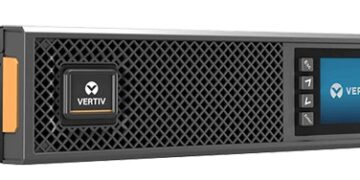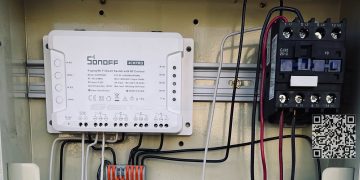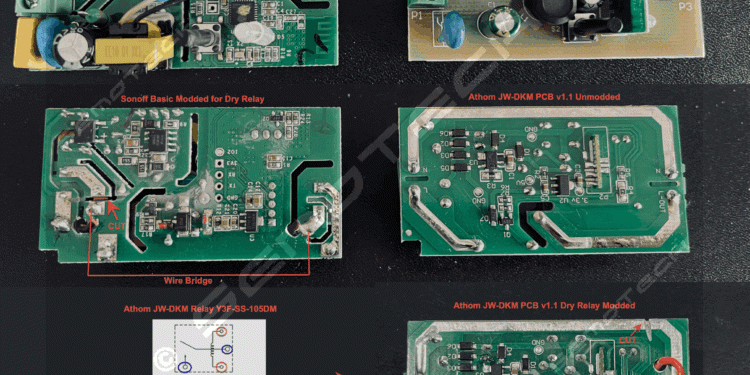DISCLAIMER: If you are not very good / licensed to work with electrical equipment and wiring, please do NOT do this Mod yourself. You risk electrocution and grave injury. Hire a licensed electrician or professional. SemoTech and all associated staff and entities are not responsible for any injury or property damage, resulting from you trying to do this yourself!
Everyone is familiar with the household light switch, right? You push/flip it and lights come on, you push/flip it again the other way, and lights turn off. Simple stuff, and just mechanical. With the advent of IoT devices and proliferation of WiFi and communication protocols like Zigbee and Z-Wave, a new breed of smart switches and devices came to market to make out lives easier and allow for remote control. Some support tie-in with Google, Alexa and Siri and the latest support the upcoming Matter protocols, some even have their own remotes and/or smart applications for control.

Most of these smart switches swap the mechanical parts for an internal relay which switches the line power on and off, locally actuated or controlled remotely. This is called “Wet Switching” since power passes through the switch and the relays are referred to as Wet Contact.
Some of these Wet Contact devices allow “upgrading” a regular wall switch by being very small and allowing themselves to be installed inside the wall light switch box, and connect to the old mechanical switch, thus introducing remote wireless control.
Some specialized devices are actually a Dry Contact Relay which means they do not passthrough power like a light switch (wet switch), instead they open or close a circuit between unpowered connections.
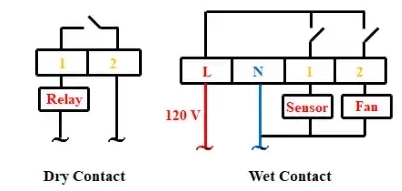
Dry Relays typically have three positions / contact points: A COM (Common) one, a NO (Normally Open) and NC (Normally Closed), which means that by default the Common connection is either a closed or open circuit, and triggering the device swaps states.
Below is an example of a 5V driven dry relay. The 5V does not make it to the final connections, the operate independent and separately.
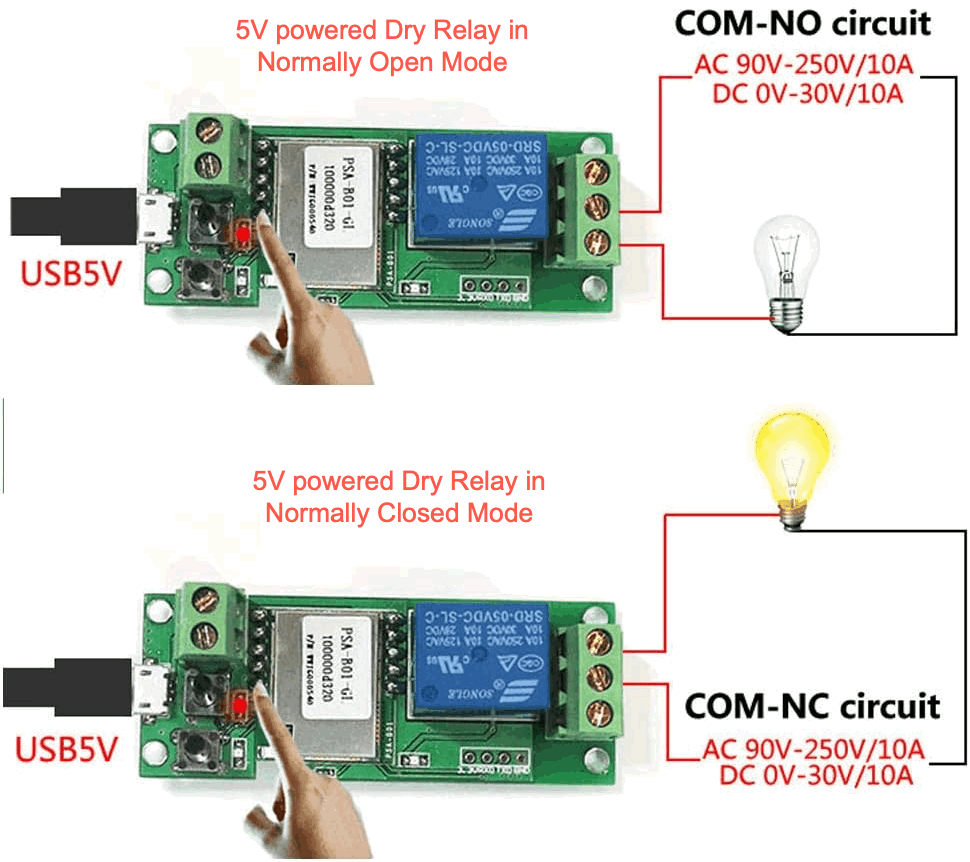
Now, I have replaced most of my mechanical wall light switches with smart WiFi enabled ones that are also HomeKit compatible, and they work great but for some other applications I found there are some limitations to devices on the market, as follows:
* Most 120V AC input devices are just Wet Contact passthrough switches. This means the 120V AC that powers them is also sent to the output as 120V AC (120V IN and 120V OUT)
* The Dry Contact devices that are small only support 5V DC input and that required a 5V Power adapter and an Outlet to connect the adapter, before you can even power the Dry Contact relay device.
* Only a small number of devices like the Sonoff 4CH-Pro are able to be powered via 120V/240V AC, and have a Dry Contact Relay instead of power output, which is perfect, however these devices have 4 relays, are larger and more expensive. Plus flashing them for HomeKit compatibility is more challenging.
Here is how they work:

As I was automating my home I observed that my fireplaces, like most fireplaces, have a wall-mounted standard mechanical switch that looks like a light switch, but all it does is open a close a circuit to start and stop the gas. I wanted to either replace it or augment it so that I could remotely trigger the fireplace (while the pilot light was on of course). To accomplish this I needed to find a small footprint device that used Apple HomeKit, would accept 120V AC input and have a single Dry Contact Relay so I could wire it in parallel with my Fireplace standard wall switch.
Alas, none are available on the market, unless powered by 5V DC instead of 120V AC, so I had to think outside the box and found several devices that had potential if somehow they could be modified.
One of the most popular Wet Contacts is the Sonoff Basic and recently I also found the Athom Relay Switch. Both use an identical small enclosure with screw terminals that makes it very easy to connect wires. However both are just 120V Wet Contact passthrough switches and NOT Dry Contact relays. If I was to connect them directly to my Fireplaces I would burn the place down! It was clear that since they all use an internal relay I could modify them to become Dry Contact Relays, and use the 120V AC input just to power them, but not pass any of it out of the device.
Here are the Sonoff Basic and Athom Relay Switch side by side, as sold. Hard to tell the difference, except for the branding and of course whats inside.

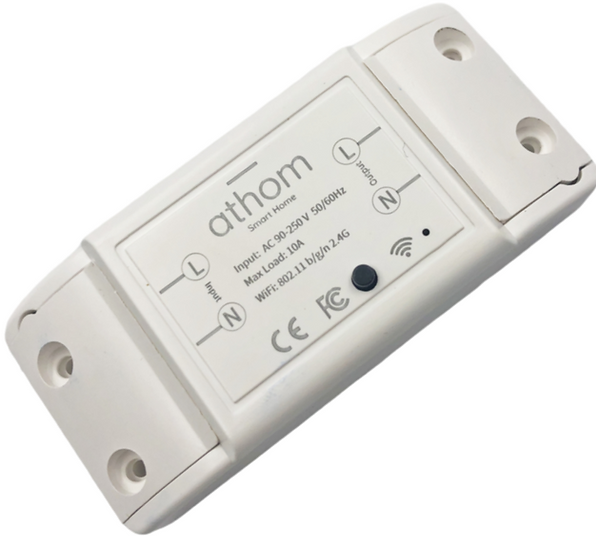
The trick to converting them was to determine how the internal relay operated, identify it’s pinout, isolate the output from the input, so no high-voltage was able to get thought (cutting traces), and then connecting the outputs to the relay.
Here they are again, but this time taken out of their plastic enclosures and modified to be converted to 120V AC input Dry Contact Relays:
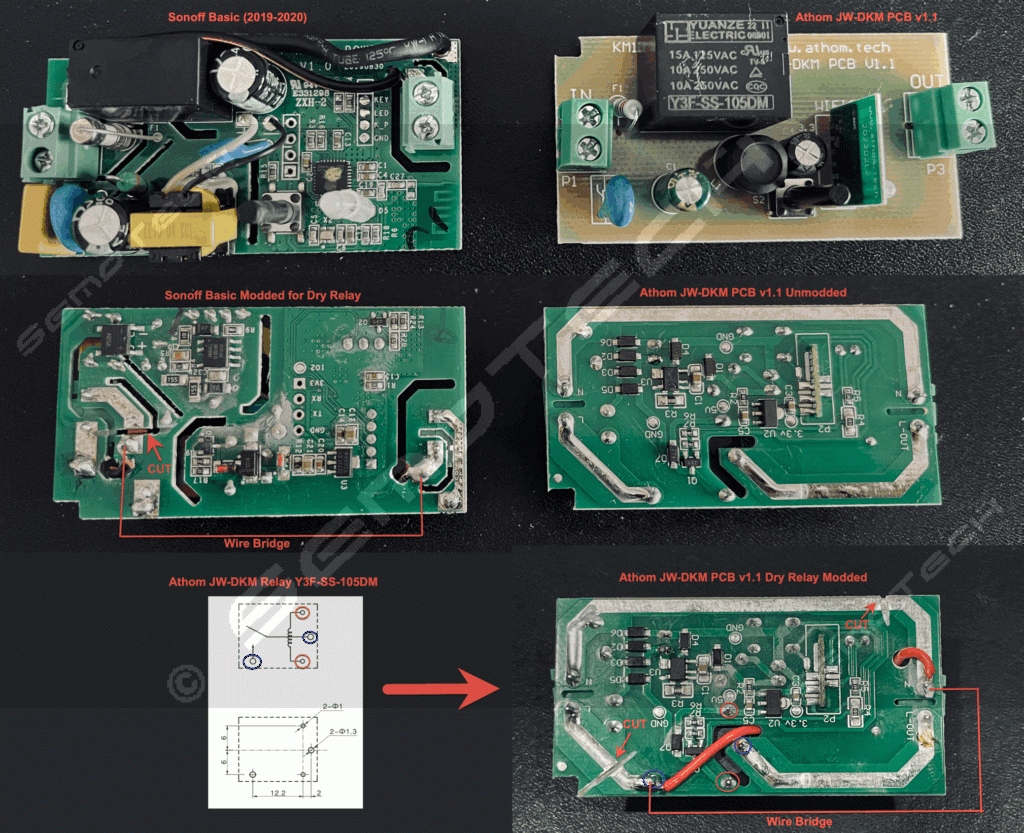
Now they stay powered by 120V AC directly, connect to WiFi and HomeKit and appear as a smart switch. When activated, they just act like the legacy wall switch for the fireplace, closing an electrical circuit, but passing no power, like any Dry Contact relay should.

